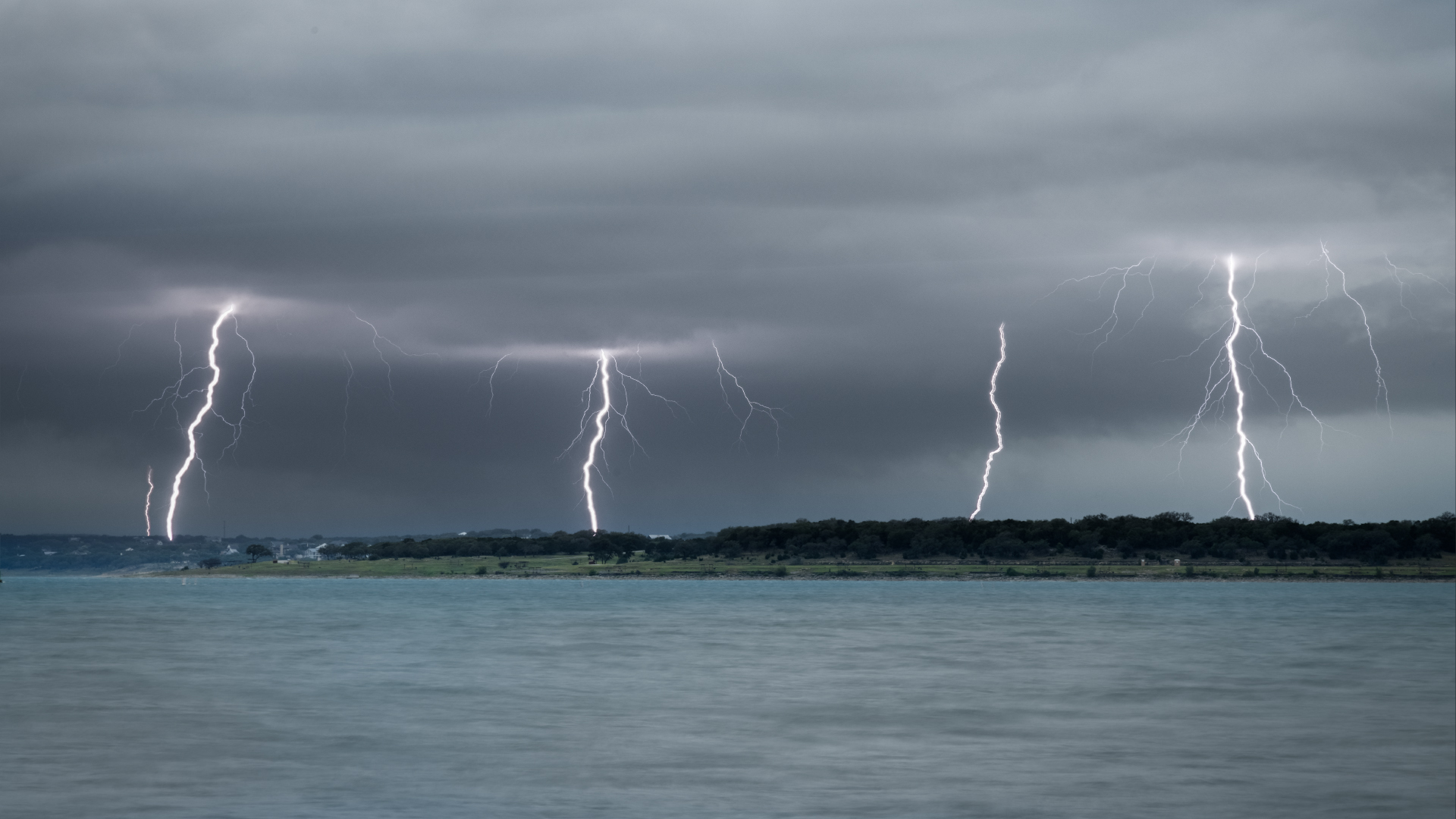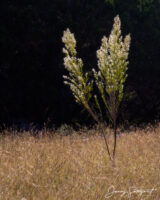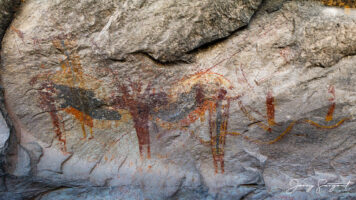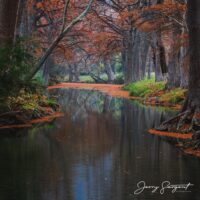I always see comments on social media like; “No Filters”, “Straight out of camera”, “No edits” or by trolls in response to a photo that has been posted “That’s been Photoshopped.” So, the question is, should a photo be edited and if so, to what degree?

In my opinion, every photo that you ever see has been edited, no exceptions. The editing process may be more in some than others, it may be manual or automated, and it may be purposeful or accidental. You may be asking yourself; “What the heck is he talking about? I never edit a photo.”
The editing process starts before you even pick up the camera to your eye or place it on a tripod. What camera are you using? What lens are you using? Is it digital or a film camera? If it is film, what type of film are you using? What ISO or ASA? Is it color or black and white? Each of these will affect the results of your image and each of these choices result in an images that look totally different.


You are making editing choices when you pick up your camera and prepare to shoot. Are you shooting from eye level or ground level? Did you move to the left or the right? What focal length did you choose? Wide-angle or Tele-photo? Depending on your composition, fractions of an inch can make a difference. What aperture are you using? This will affect your depth of field and how much or how little is in focus. What shutter speed are you using? A fast shutter speed will freeze the action while a slower shutter speed will allow for motion blur which may be just what you want to smooth out flowing water. Are you choosing these settings manually or are you on auto setting? If you’re on the auto setting then you have chosen to let the computer chip in the camera to select the settings but the choices are still being made.
So, you have pressed the shutter button and captured the image, now what? Most cameras and cell phones default to save the image as a .jpg. The computer chip in the camera decides the brightness, contrast, white balance, levels for highlights, shadows, whites and blacks, makes the adjustments to the image, throws away what it thinks is excess data and saves the image as a .jpg, which you can then upload to your favorite social media platform. While you may be taking the file “straight out of camera” and uploading it, it has been edited, by the computer chip’s best guess effort.


More and more cameras and even some cell phones allow you to save your file in a “raw” format. All the data that was captured by the sensor in the camera is retained and no changes are made to it. The down side is that these files need to be edited manually. They often look flat and blanched before editing and the file types are not viewable on the web until they are saved to a .jpg file. During the editing process you get to make the choices about brightness, contrast, white balance, levels for highlights, shadows, whites and blacks as well as many other editorial choices your camera cannot do on its own. Do you want to add a little more sharpness or maybe a little less for a “softer” feel? Was it a hazy day out? Moving the “De-haze” slider a little can correct that. Is the color in the image not what you remember or felt at the time? That can be adjusted as well. Maybe this photo looks better in black and white than color. Easily changed. Does this look better as a square crop or in a wide screen format? What about that bright white rock in the lower corner of the photo that keeps drawing your eye? The crop tool can easily fix that.
How about a little more advanced editing and remove that piece of trash that you didn’t notice and pick up before you took the photo? What about those power lines that you barely noticed in the field but are now a glaring distraction? Oops, you left your camera bag in the shot! How about that tourist shot where there is a constant flow of people? What about HDR, exposure blending, focus stacking, time blending or focal length blending? How far do you take it? Do you replace a sky or other complex editing technique? What about doing composites or digital art from multiple different images?

Raw Image (No edits)
Focus on background
Raw Image (No edits)
Focus on foreground

Back to the original question, should a photo be edited and if so to what degree? This is obviously dependent on the type of photography you are doing; the standards of editing are different for the photojournalist and a digital artist. Ultimately, it’s down to honesty. For the photojournalist, there is basically no editing allowed as the image needs to show the facts as acurately as possible. But for the rest of us it is being honest with ourselves and making a personal choice with no right or wrong answer or arbitrary line in the sand. As viewers we need to respect those choices that the artist has made and enjoy the image for what it is. That image of the Taj Mahal in front of Mt. Fuji may not be realistic but may be wonderful to look at.
My personal editing will vary according to the image and how I want to convey a feeling, a mood, what I felt at the time I captured the image or what limitations of the camera I need to overcome. I will commonly remove distracting items but generally don’t move or add items. My hope is the viewer will pause and take some time to look at the image and appreciate what it was like to be there in the moment.



